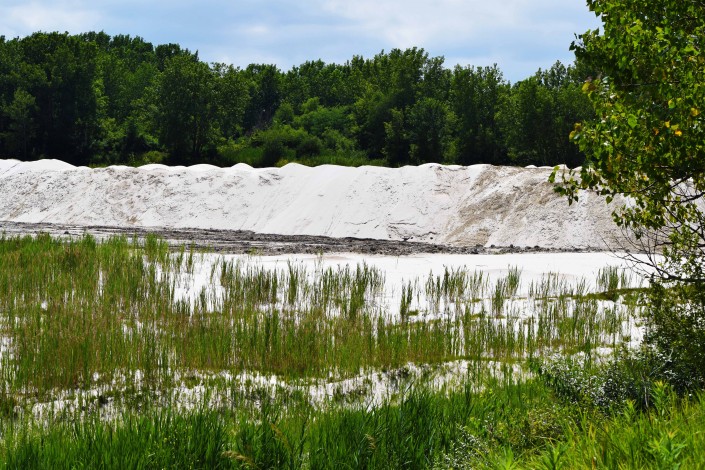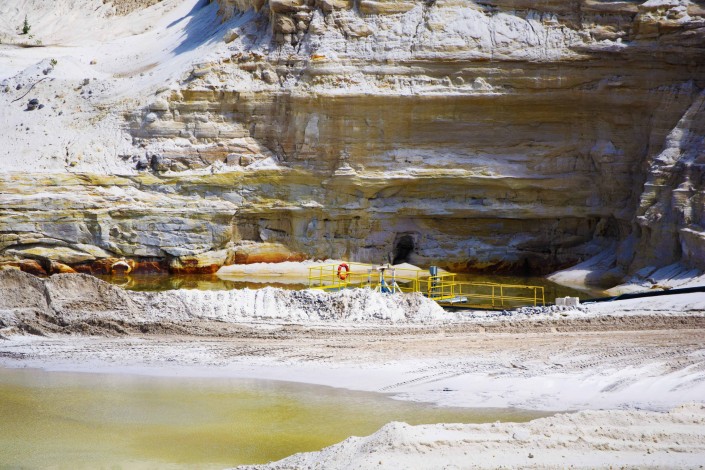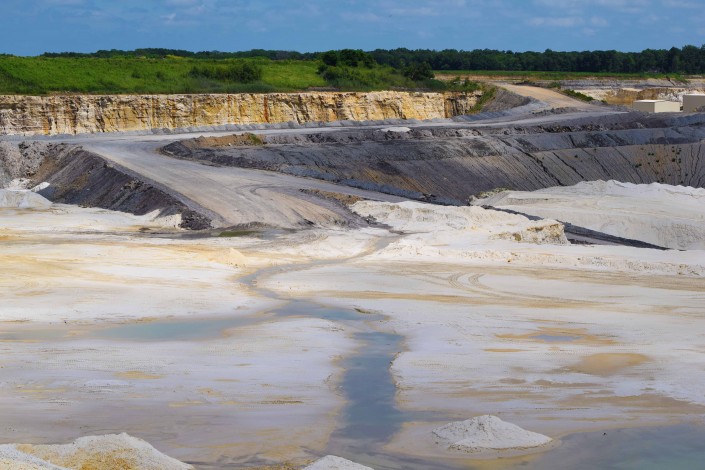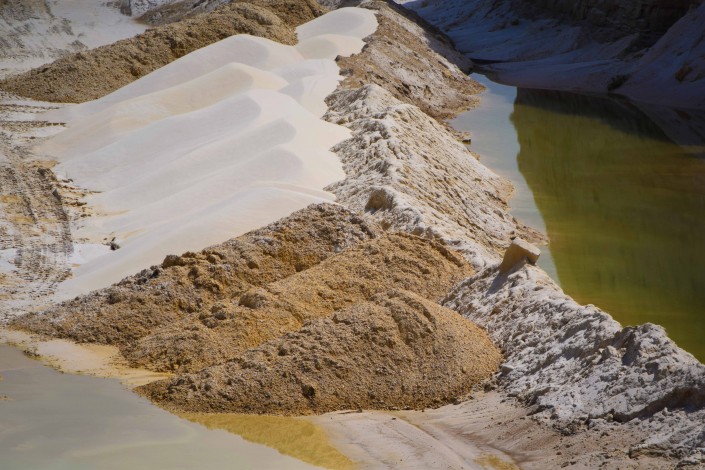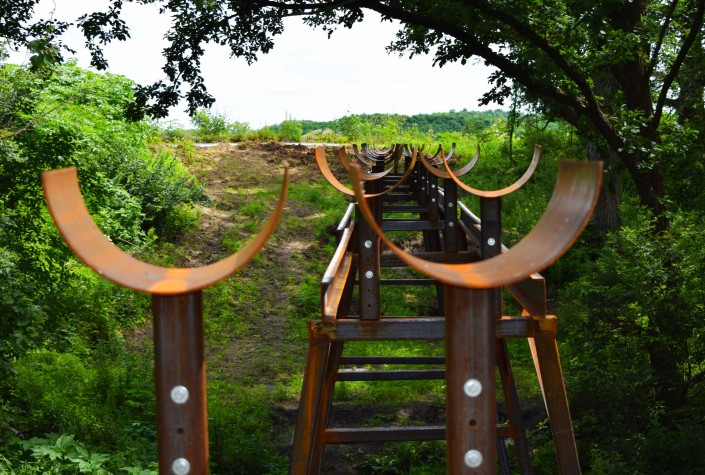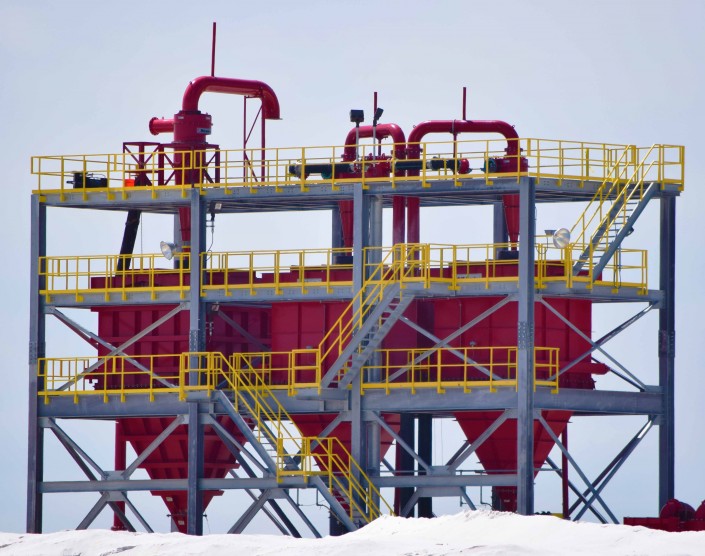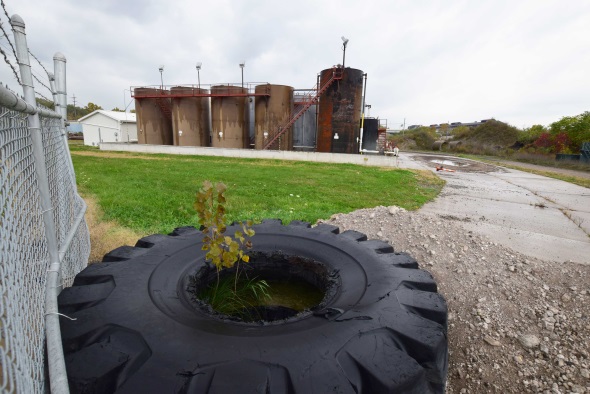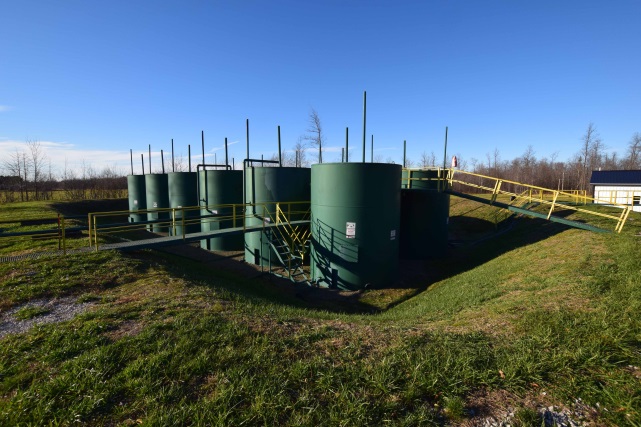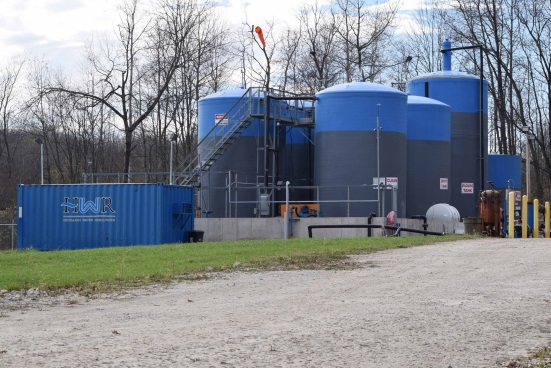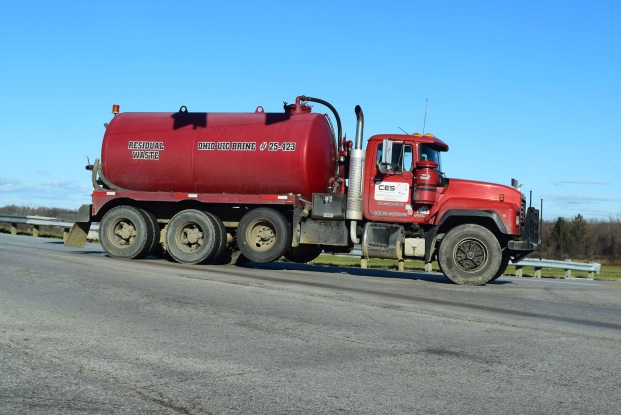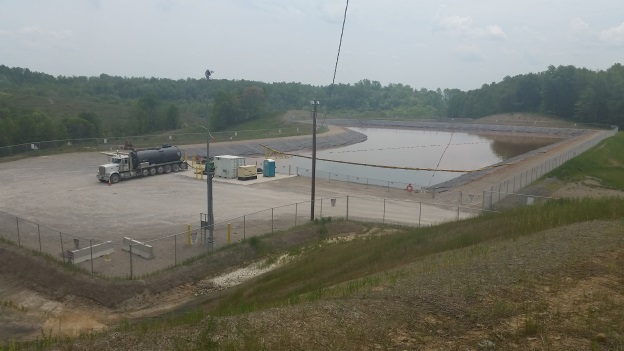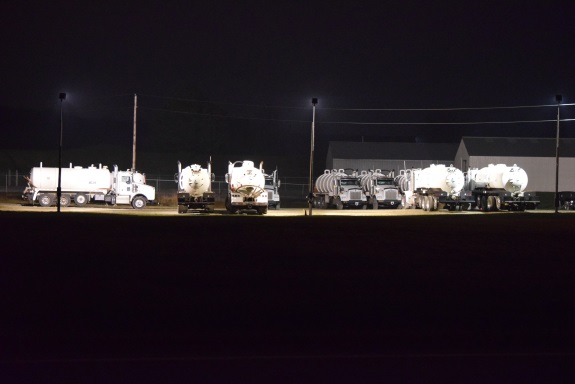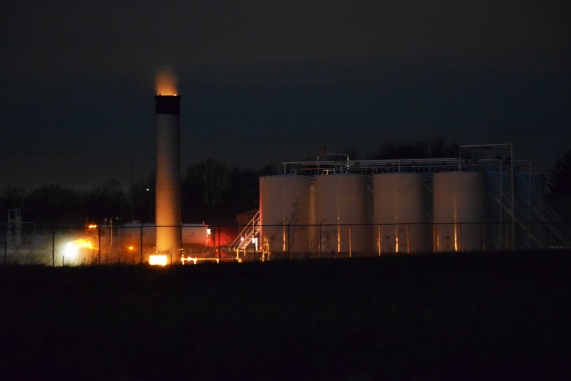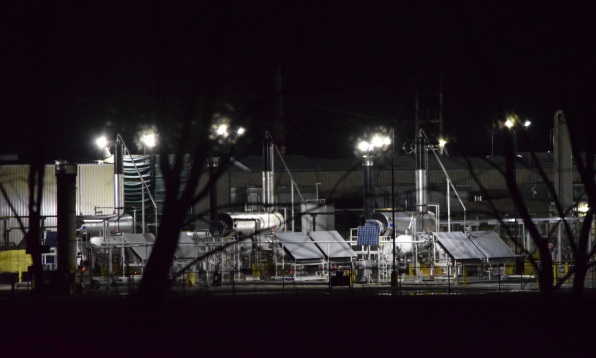Controversial 178-mile-long parallel pipelines proposed for NY’s Hudson Valley/Northern NJ
By Karen Edelstein, Eastern Program Coordinator
Over the past seven years, there has been a very strong upswing in domestic oil production coming from Bakken Formation in North Dakota. Extraction rates increased over 700% between November 2007 and November 2015, to over 1.2 million barrels per day. With all this oil coming out of the North Dakota oil fields, the challenge is how to get that oil to port, and to refineries. For the large part, the method of choice has been to move the oil by rail. Annual shipments out of North Dakota have jumped from 9500 carloads in 2008 to close to a half million carloads by 2013.
Nearly 25% of oil leaving the Bakken Formation is destined for east coast refineries located in New Jersey, Philadelphia, and Delaware. Trains carrying the crude enter New York State along two routes. A southern route, passes through Minneapolis, Chicago, Cleveland, and Buffalo, and on to Albany. A northern route, which originates in the oil fields of southern Manitoba and Saskatchewan Provinces in Canada, passes through Toronto, Montreal, and then south to Albany.
Currently, once the oil reaches Albany, it is transported south through the Hudson Valley, either by barge or by train. Two “unit trains” per day, each carrying 3 million gallons in 125-tank car trains, are bound for Philadelphia-area refineries. In addition, a barge per day, carrying 4 million gallons, heads to New Jersey refineries. Environmental groups in New York’s Hudson Valley, including Hudson RiverKeeper, have registered alarm and opposition about the potential impacts and risks of the transport of this process poses to the safety of residents of the Hudson Valley, and to the health of the Hudson River. More background information is available in this Pilgrim Pipelines 101 webinar.
What are the Pilgrim Pipelines?
The proposed Pilgrim Pipelines are two parallel 18-24-inch pipelines that would run from the Port of Albany to Linden, NJ, alongside the New York State Thruway (I-87) for 170 miles just to the west of the Hudson River, with nearly 80% of the pipeline within the public right-of-way. The rest of the pipeline would traverse private property and some utility areas.
The pipeline running south from Albany would carry the light, explosive crude to refineries in NJ, Philadelphia, and Delaware. After the oil is refined, the North-bound pipeline would carry the oil back to Albany, moving 200,000 barrels (8.4 million gallons) of oil in each direction, every day. Touted by Pilgrim Pipeline Holdings, LLC as a central component in “stabilization of the East Coast oil infrastructure,” the project proposes to:
provide the Northeast region of the United States with a more stable supply of essential refined petroleum products… and… provide the region with a safer and more environmentally friendly method of transporting oil and petroleum products.
The Controversy
The Pilgrim company is lead by two individuals with deep ties to the energy industry. Both the company president, Errol B. Boyles, as well as vice-president, Roger L. Williams, were in the upper echelon management of Wichita, Kansas-based Koch Industries.
Proponents of the project claim that it includes environmental benefits, such as 20% lower greenhouse gas emissions than would be generated moving the same quantity of oil via barge, and even claim that the proposed Pilgrim Pipelines “will produce a net air quality benefit to the region.” Of course, this argument is predicated on the belief that the unbridled oil extraction from the Bakken Formation is both environmentally desirable, and nationally required.
Economic benefits described by the pipeline company include the faster rate the petroleum products can be pumped through existing terminals in New York, and also meet a hoped-for demand surge for petroleum products. Naturally, the company would also create some construction jobs (albeit somewhat temporary and for out-of-state firms), and increase fuel available to consumers at lower prices because of proposed transportation savings. However, the Albany Business Review indicated that the pipeline could actually create a net loss of jobs if the pipeline were to make the Port of Albany less active as a shipping location.
Project opponents cite both short- and long-term impacts of the project on human and environmental health, the local and regional economy, property values, nearly a dozen threatened and endangered wildlife species, water quality, ecology of the pristine Hudson Highlands Region, and contributions that the project invariably makes to accelerating climate change, both through local impacts, and as an infrastructure component supporting the extraction of crude from the East Coast all the way to the Bakken Fields of North Dakota. Groups also cite the high rate of “non-technical” pipeline failures, due to excavation damage, natural force damage, and incorrect operation.
Communities in Action
Close to 60 municipalities along the pipeline route have passed local resolutions and ordinances expressing their opposition to the pipeline. Residents assert that the local communities would bear most of the risks, and few, if any, of the benefits associated with the Pilgrim Pipeline. These communities, represented by over a million people in New York and New Jersey, are shown in the map below. Other groups – including the New Jersey State Assembly and Senate, numerous county boards in both New York and New Jersey, and several school districts – have also passed resolutions opposing the project.
Access links to the resolution documents for individual towns by clicking on the town location in the map below.
View full screen map | How to work with our maps
Decision Makers in Question
The New York State Thruway Authority was initially the sole lead agency on the State Environmental Quality Review (SEQR) of the project, a decision that was decried by impacted municipalities, environmental groups, and the Ramapough Lenape Nation. Dwain Perry, Ramapough Lenape chief, urged that the New York State Department of Environmental Conservation be the lead agency, instead, saying:
…DEC has a much more thorough outlook into different things that can happen….[and]..is looking out for everyone’s interest.
However, in a development announced in late December 2015, the New York State Department of Environmental Conservation revealed that they, along with the NYS Thruway Authority, would jointly lead the environmental review of the project. This decision has perplexed many groups involved in the debate, and environmental groups such as Scenic Hudson, Environmental Advocates of New York, Hudson Riverkeeper, and Coalition Against the Pilgrim Pipeline expressed their dismay over this choice, and urged that the SEQR review address whether the project will be consistent with NY Governor Cuomo’s aggressive goals to reduce carbon emissions that are driving climate disruption.
DEC’s own guidelines advise against creating co-lead agencies in projects particularly because there is no prescribed process for resolution of disputes between two such agencies. Nonetheless, a DEC spokesperson, Sean Mahar, tried to assure critics that because the two lead agencies have “unique and distinct expertise” few problems would arise.
We’ll post updates as the project’s SEQR process gets underway.
Resources
Pilgrim Pipelines 101 webinar, presented by Kate Hudson (Riverkeeper) and Jennifer Metzger (Rosendale Town Board)
